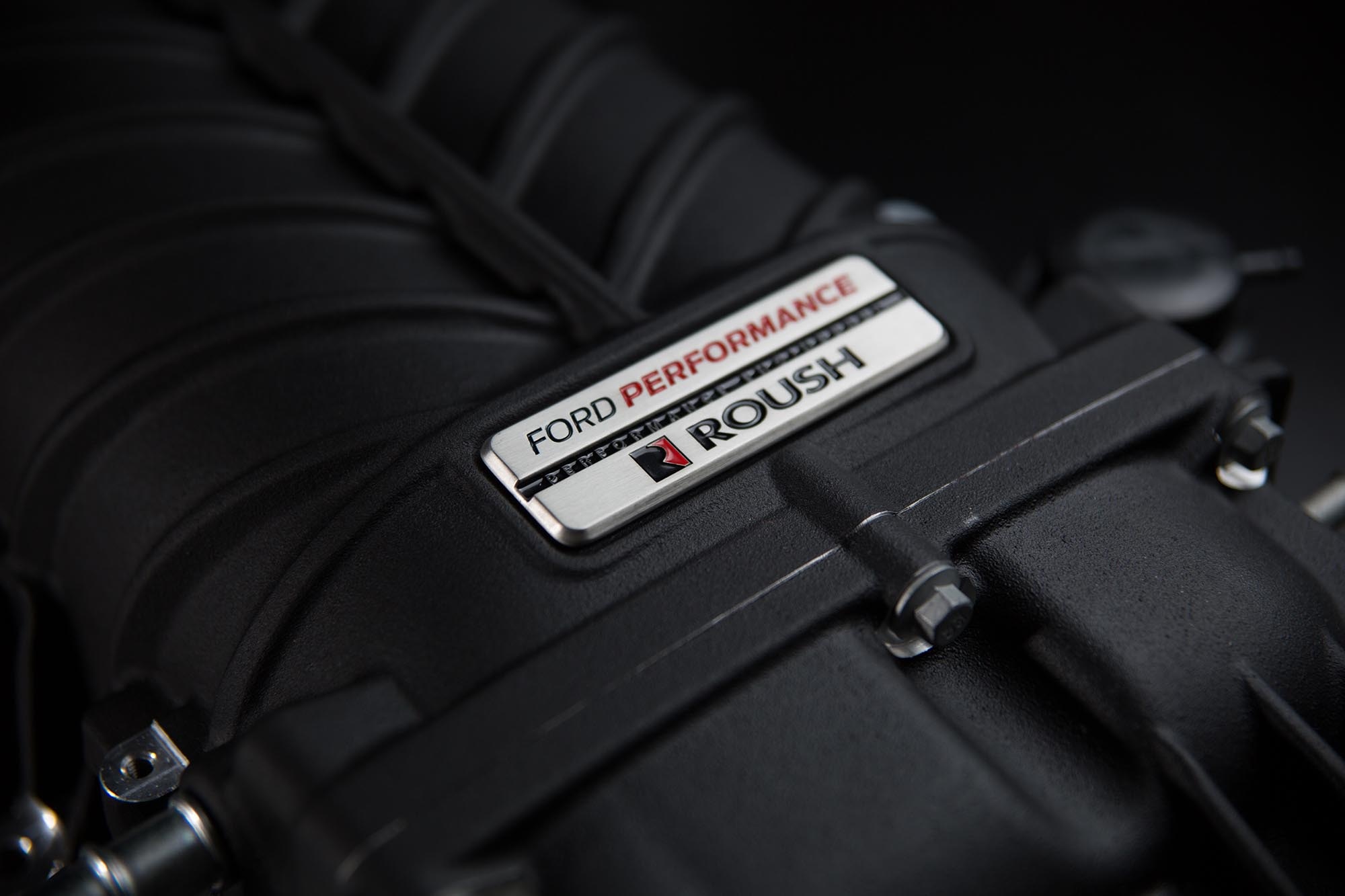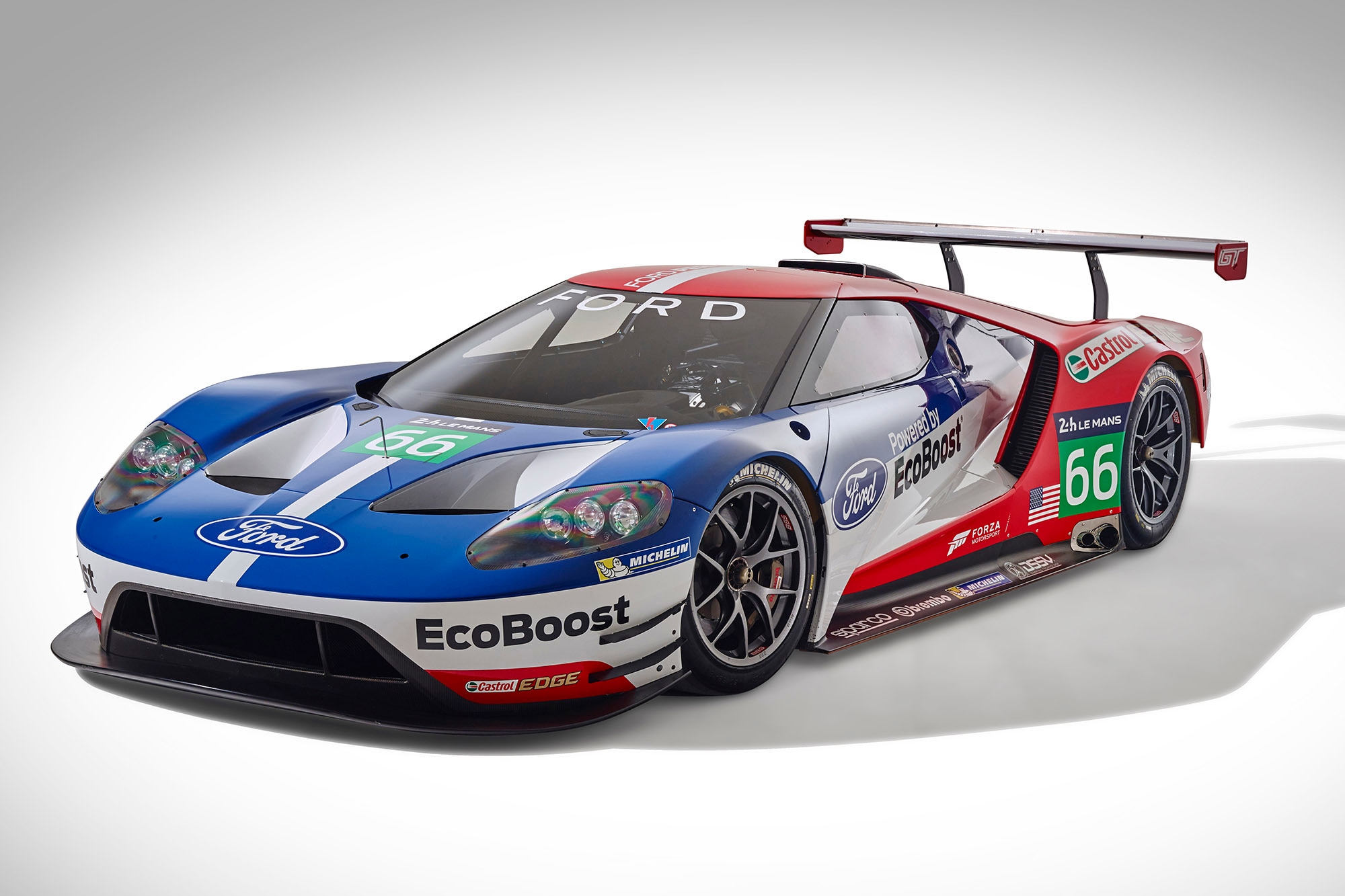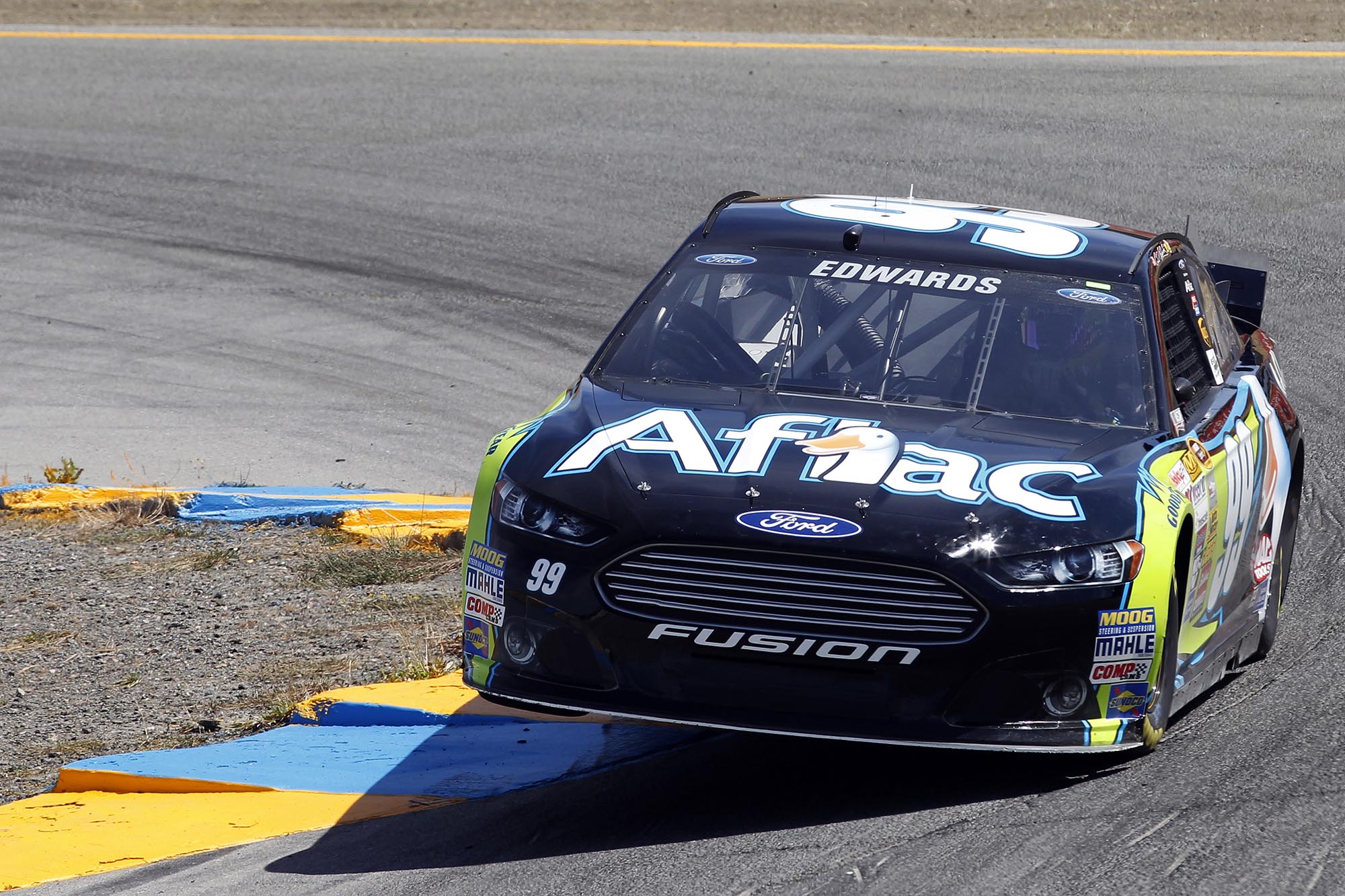What Does the Roush Performance Name Mean?
One of the most prominent names in racing and high-performance Fords has a distinguished history.
 Ford
Ford
QuickTakes:
The name Roush is likely familiar to anyone who's paid attention to U.S. motorsports over the past four decades. The company has had a high-profile role not only as the driving force not just behind winning NASCAR stock car, NHRA drag, and sports-car racing teams but also as an engineering conglomerate that produces engines and other components for an extensive list of top racing competitors.
Beyond the race track, Roush additionally has tackled street performance, manufacturing, and electrification as part of a diverse and growing group of companies.
 Ford
Ford
Roush Traces Its Roots to Ford Performance in the 1960s
Company founder Jack Roush has deep roots in the automotive industry. He started working as an engine-development engineer at Ford in the mid-1960s. Bitten by the racing bug, Roush eventually leaped into professional racing and achieved significant success in nearly every high-level drag-racing series in the U.S. in the 1970s.
Roush then realized he could turn a profit by marketing his motorsports wins to other racers looking for someone with his level of engineering expertise. Roush Performance Engineering was born in 1976 and quickly achieved a reputation for providing well-designed drivetrains and other components across various motorsports and offshore power boats.
After nearly a decade of operating his motorsports efforts, Roush returned to campaigning sports-car and stock-car racing teams. He'd lost nothing in his years away from the sport. Roush Racing continued its success story, racking up more than 100 racing wins, dozens of championships in IMSA and SCCA sports-car competitions, and well over 300 NASCAR wins.
 Ford
Ford
Roush Goes Racing and Also Offers High-Performance Parts for Fords
Roush continues to innovate in motorsports, making racing safer for drivers and serving as the drivetrain development option for teams looking to outsource their engine building. In partnership with Robert Yates, the subsidiary Roush Yates Engines provides motors for some of the most successful race teams in the world and helped develop the 3.5-liter EcoBoost V6 used in the Ford GT that won its class at the 24 Hours of LeMans in 2016.
The racetrack isn't the only place Roush has made an impact. Starting in 1995, The Roush Company formed a new division called Roush Performance Products. The goal was to move its racetrack success onto the streets, taking two distinct approaches. The first was building and selling aftermarket performance parts as upgrades for driving enthusiasts, including items such as crate engines, exhaust systems, and superchargers.
The second path involved partnering with Ford to produce unique versions of its production models, such as the Roush Mustang and the Roush F-150 full-size pickup truck. Some are limited-edition models, while others can be ordered as "staged" upgrades directly through Ford dealerships.
These cars and trucks come with their own Roush badging, feature a full warranty, and are produced at the Roush factory in Livonia, Michigan.
Roush also operates additional companies outside the automotive sphere. Roush CleanTech converts buses and transport vehicles from gasoline and diesel to propane. It also develops electrification for commercial trucks.
 Ford
Ford
Roush Has a History of Thinking Outside the Box
It's hard to overstate how successful Jack Roush has been in motorsports. Much of his achievement has come from being willing to think outside the box. For example, Roush was one of the first in NASCAR to recognize that if the engine could run at higher temperatures, he could block off some of the front cooling ducts to increase downforce and reduce drag.
Another, arguably more important NASCAR innovation, was the installation of mandatory roof flaps in the sport's top-tier series. These air brakes automatically flip up if a car gets sideways or travels in reverse at high speed. They also reduce lift and help prevent the vehicle from flying up into the air.
NASCAR leaned on Roush's experience with aircraft to design this system and make it mandatory after numerous high-profile crashes at the end of the 1980s and into the early 1990s made it clear something had to be done to protect NASCAR participants and spectators.
Roush has also expanded to include electric-vehicle production and engineering in partnership with smaller companies and brands looking to establish themselves in the automotive industry. This includes design, testing, manufacturing services, and working with commercial EV operations such as Bollinger Motors and the Aptera solar vehicle project.
Many enthusiasts are familiar with Roush-tuned Ford performance vehicles. With its 775-hp capability, the 2021 Roush Stage 3 Mustang package actually trumped the brand's factory-built Shelby GT500 of the same year by 15 horsepower and was available with a manual transmission — something the Shelby left on the shelf.
Roush has also been involved in the production of exotic cars, such as building the engine for the De Tomaso P72 as well as the headline-grabbing Hoonicorn, an all-wheel-drive, V8-powered take on the 1965 Mustang that famously starred in a popular video by stunt driver Ken Block.



